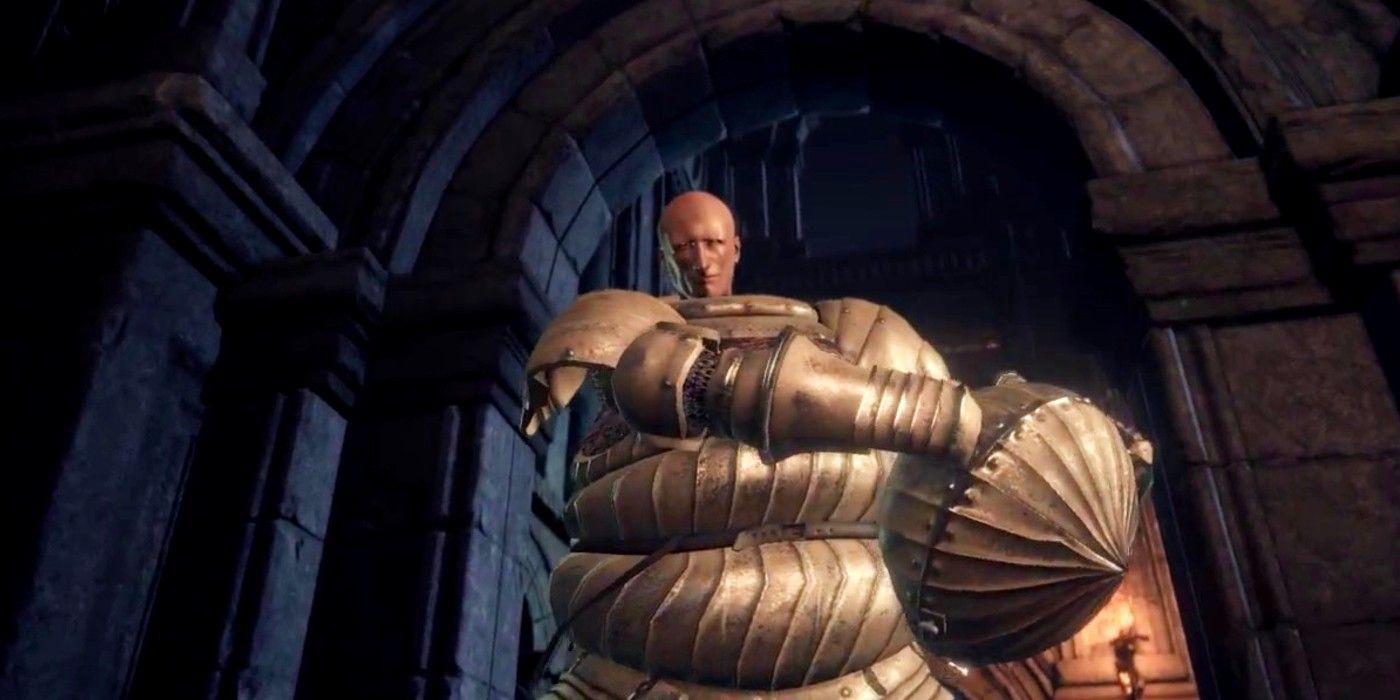Blitz News Digest
Stay updated with the latest trends and insights.
Patch Perfection: When Games Get a Second Chance
Discover how games transform with updates and patches, giving them a thrilling second chance. Dive into the world of gaming redemption!
The Evolution of Game Patches: How Updates Reshape Our Favorite Titles
The evolution of game patches has dramatically transformed the way we interact with our favorite titles. Initially, game updates were primarily released to fix bugs or glitches that disrupted gameplay. These early patches were often small and infrequent, requiring players to download them manually. Over time, developers recognized the importance of keeping their games fresh and engaging, leading to more frequent updates that not only addressed technical issues but also introduced new features, enhancements, and content. Game patches have become a critical component in ensuring that players remain invested in a title long after its initial release.
With the shift towards online gaming and digital distribution, the frequency and size of game patches have increased exponentially. Today, we see large-scale updates that can completely reshape a game, adding new gameplay modes, maps, or even expanding the storyline. These updates can rekindle interest in older titles and foster a vibrant community around them. As a result, the gaming landscape has evolved from a static experience to a dynamic one, where updates play a vital role in keeping the player base engaged and ensuring that games continue to evolve in response to player feedback and trends.

From Flops to Hits: Notable Games That Thrived After Major Patches
The gaming industry is known for its dynamic nature, where notable games can frequently shift from the status of flops to hits following major patches. One prime example is No Man's Sky, which initially faced criticism for failing to meet player expectations upon release in 2016. The developers at Hello Games dedicated themselves to overhauling the game through a series of substantial updates, introducing new features such as multiplayer modes, base building, and improved graphics. As a result, this game transitioned from a problematic launch to a beloved title, garnering a positive reception and an expanding player base.
Another significant transformation can be seen with Rainbow Six Siege, which, after its initial mixed reviews in 2015, saw a resurgence in popularity thanks to consistent updates and community-oriented patches. The game's developers offered numerous gameplay adjustments, balance changes, and new operators that not only addressed glaring issues but also enhanced the overall gaming experience. This dedication to refinement led to a steady growth of its competitive scene, highlighting the profound impact that major patches can have on a game's life cycle. Embracing player feedback and evolving accordingly has proven to be a winning strategy for these titles.
What Makes a Great Game Patch? Key Features and Improvements Explained
A great game patch is essential for maintaining the overall health and enjoyment of a game. Key features that make a patch stand out include bug fixes, which address critical gameplay issues, and balance adjustments that ensure a fair experience for all players. Additionally, patches should provide quality of life improvements, enhancing the user interface and making controls more responsive. A successful patch might also introduce new content, such as characters, storylines, or game modes, keeping the community engaged and excited about what’s to come.
Moreover, the transparency of the patch notes is another crucial element that players appreciate. Comprehensive patch notes that clearly outline changes and improvements not only build trust but also help the community understand the developer’s vision. Timely updates can prevent the game from becoming stale, as consistent performance enhancements and content expansions create a dynamic environment. In summary, an effective game patch not only solves existing problems but also adds new dimensions, keeping players invested and the gaming experience fresh.